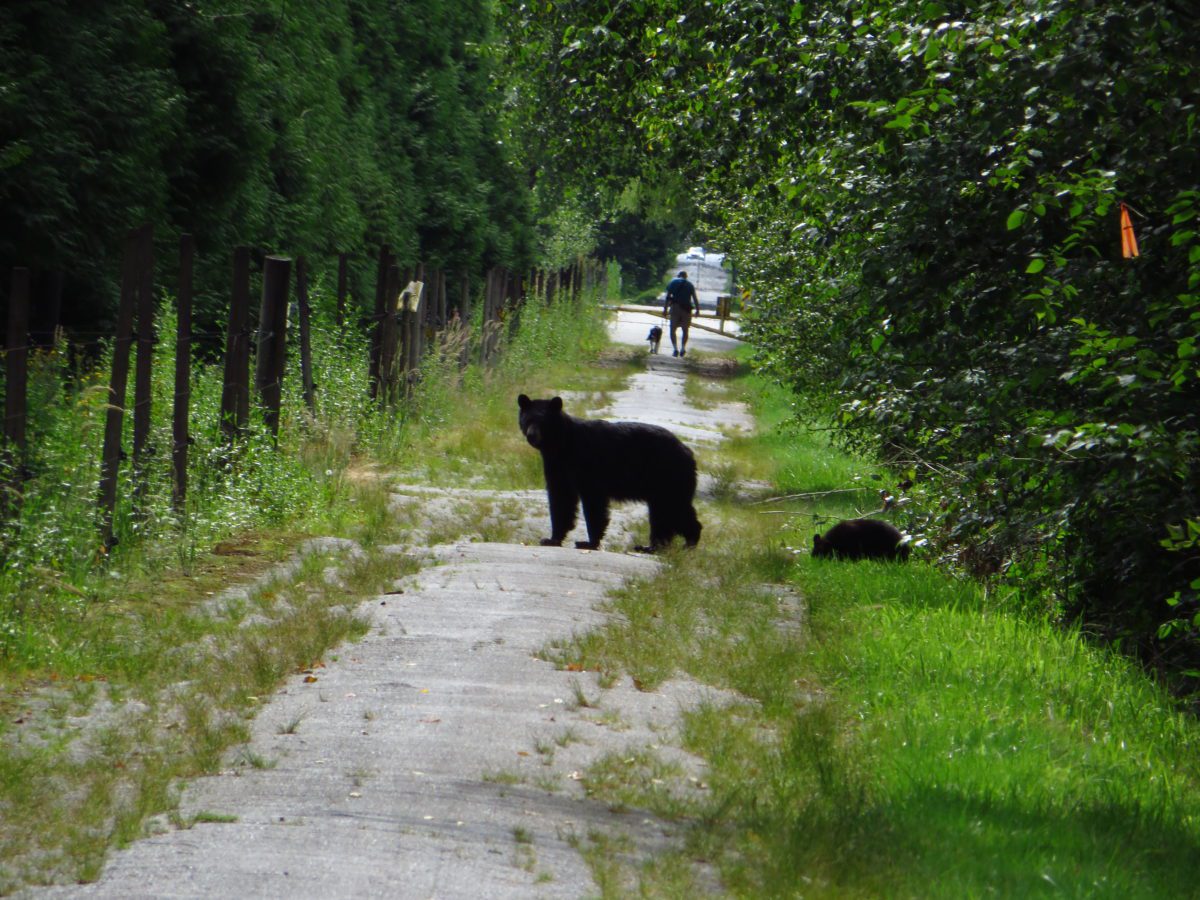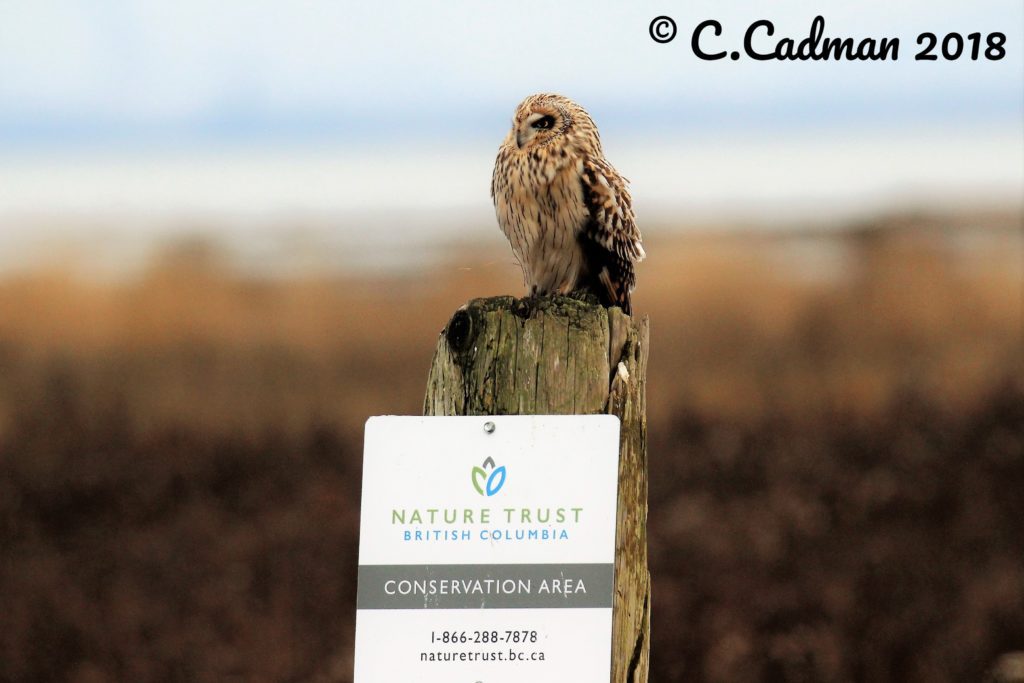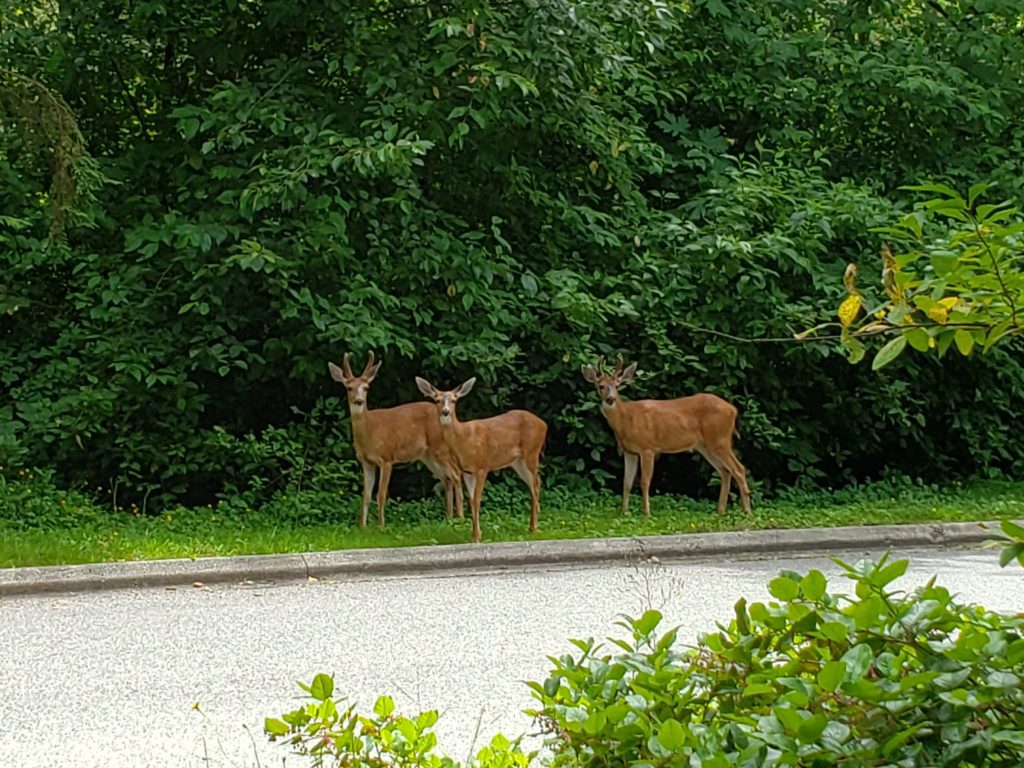
By Shannon Marshall
Many people are drawn to British Columbia for the amazing natural environment and incredible array of wildlife – sometimes found literally “in your own backyard”. This can be an exciting part of life in BC, but human-wildlife conflict can also be very dangerous for both people and wildlife.
As British Columbia’s population continues to grow, a lot pressure is being put on wildlife. Increasing densification and urban expansion has limited the natural habitat of many wildlife species. This can lead to humans and animals having to coexist in very close quarters, often resulting in undesirable outcomes for humans and wildlife alike. Unfortunately, in human-wildlife conflicts, animals often lose more than humans.
Large mammals like bears and wolves are not typically seen in city centres. Most of the issues observed tend to occur on the edges of human settlements as they impede more and more with wildlife habitats. This often leads to wild animals becoming increasingly comfortable living among humans, leading them to venture closer to people and their homes.

Each year, many bears and other wildlife are killed because of human activity, both directly and indirectly. When we leave garbage out, when we closely interact with wild animals or when we allow wildlife to transit through urban areas without making attempts to scare them, animals can lose their natural fear of humans. For examples, there have been reports of hikers leaving food for wolves, conditioning them to feel safe around humans. This can lead to dangerous interactions between people and animals, particularly predators, often ending in the death of a wolf who becomes too much of a threat. These kinds of interactions are unfortunately common across the province. In 2017, the CBC reported that there were over 20,000 instances of human-wildlife conflicts, involving conflicts from cougars found in suburbs to bear attacks in parks. This led to nearly 500 bears being killed because of their potential danger to humans.
Collisions between vehicles and animals are also a very significant source of conflict. The Wildlife Collision Prevention Program (WCPP) estimates that roughly 6,100 animals are reported killed in an average year by vehicles in BC, with a further 18,000 animal deaths going unreported. These collisions can be harmful for humans as well, with an average of 570 motorists being injured by animal-vehicle accidents, and three being killed. These types of harmful interactions can be mitigated by motorists paying close attention to animal crossing warning signs or through the development of wildlife bridges and tunnels across highways.
Apart from the direct risk of an attack or collision, human health is intimately linked with biodiversity and ecosystem health. Biodiversity conservation through the purchase and protection of land is very important in the maintenance of the healthy ecosystems that we all depend upon: wildlife struggling in urban environments are a part of this. Maintaining healthy populations of as many species as possible has actually been seen to improve both ecosystem resilience and human well-being. The Nature Trust of BC is passionate about providing wildlife with a place to thrive with as little human interference as possible.

Human-wildlife conflicts are often preventable through knowledge of wildlife safety. There are a variety of simple things that each of us can do to make a difference in preventing dangerous human-wildlife conflicts. Erecting barriers to keep wildlife out of gardens and planting vegetation that isn’t appealing to wildlife. Securing composts and not letting fruit from trees fall and stay on lawn. Ensuring attics and crawl spaces are sealed and livestock are protected. These are all useful when preventing a conflict. Or you can report a dangerous situation to The Report All Poachers and Polluters (RAPP) hotline.
